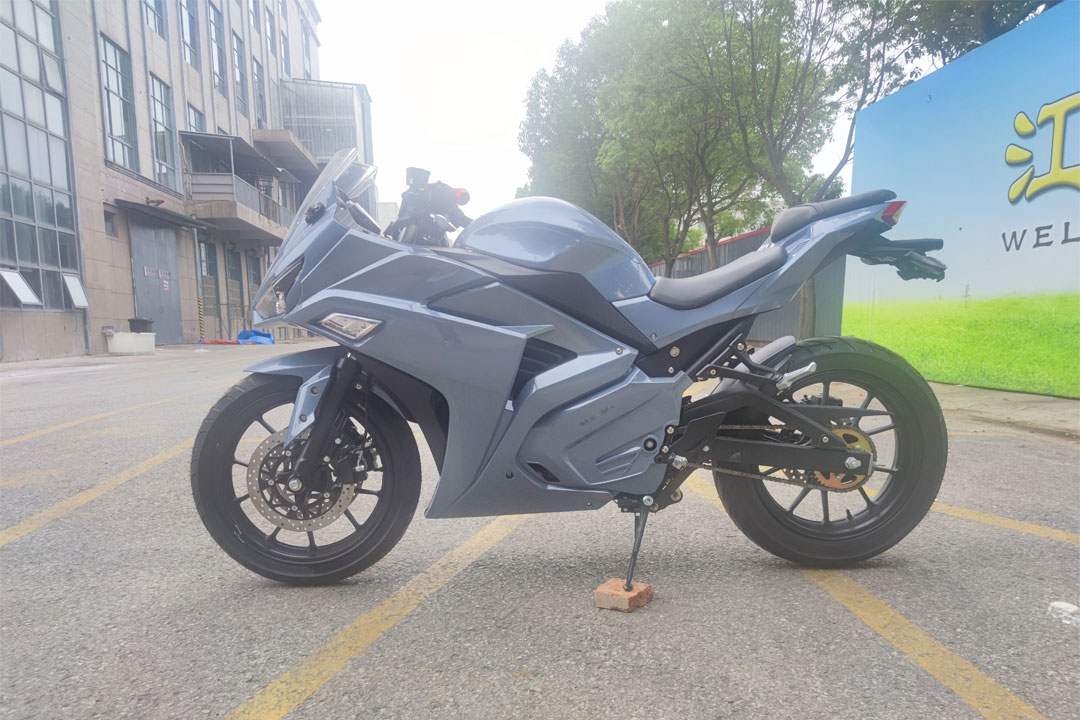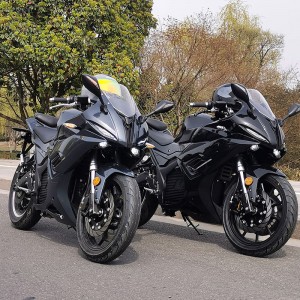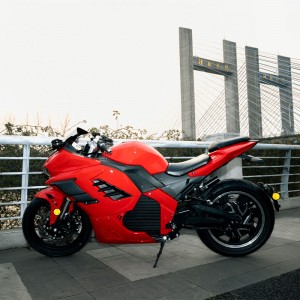In recent years, the transportation and energy utilization in the Middle East region have been undergoing significant changes. With the increasing demand for sustainable travel methods, the popularity of electric vehicles in the region is gradually rising. Among them, electric motorcycles, as a convenient and environmentally friendly mode of transportation, have attracted attention.
According to data from the International Energy Agency (IEA), the annual carbon dioxide emissions in the Middle East region are approximately 1 billion tons, with the transportation sector accounting for a considerable proportion. Electric motorcycles, as zero-emission vehicles, are expected to play a positive role in reducing air pollution and improving environmental quality.
According to the IEA, the Middle East is one of the major sources of global oil production, but in recent years, the region's oil demand has been declining. Meanwhile, the sales volume of electric vehicles has been increasing year by year. According to statistics from market research institutions, from 2019 to 2023, the compound annual growth rate of the electric motorcycle market in the Middle East exceeded 15%, demonstrating its potential to replace traditional transportation methods.
Moreover, governments of various Middle Eastern countries are actively formulating policies to promote the development of electric vehicles. For example, the Saudi Arabian government plans to build over 5,000 charging stations in the country by 2030 to support the development of electric vehicles. These policies and measures provide strong impetus for the electric motorcycle market.
While electric motorcycles have a certain market potential in the Middle East, there are also some challenges. Although some countries in the Middle East have begun to increase the construction of charging infrastructure, there is still a shortage of charging facilities. According to data from the International Energy Agency, the coverage of charging infrastructure in the Middle East is only around 10% of the overall energy demand, much lower than in other regions. This limits the range and convenience of electric motorcycles.
Currently, electric motorcycles in the Middle East are generally priced higher, mainly due to the high cost of core components such as batteries. In addition, some consumers in certain regions have doubts about the technical performance and reliability of new energy vehicles, which also affects their purchasing decisions.
Although the electric motorcycle market is gradually rising, in some parts of the Middle East, there are still cognitive barriers. A survey conducted by a market research company showed that only 30% of residents in the Middle East have a high level of understanding of electric motorcycles. Therefore, enhancing the awareness and acceptance of electric vehicles remains a long-term and challenging task.
The electric motorcycle market in the Middle East has tremendous potential, but it also faces a series of challenges. With government support, policy guidance, and continuous technological advancements, the electric motorcycle market is expected to develop faster in the future. In the future, we can expect to see more construction of charging infrastructure, a decrease in electric motorcycle prices, and an increase in consumer awareness and acceptance in the Middle East. These efforts will provide more choices for sustainable travel methods in the region and promote the transformation and development of the transportation sector.
- Previous: Key Points for Choosing a Low-Speed Electric Vehicle
- Next: The Development of Modern AI Technology and Electric Mopeds
Post time: Mar-20-2024






